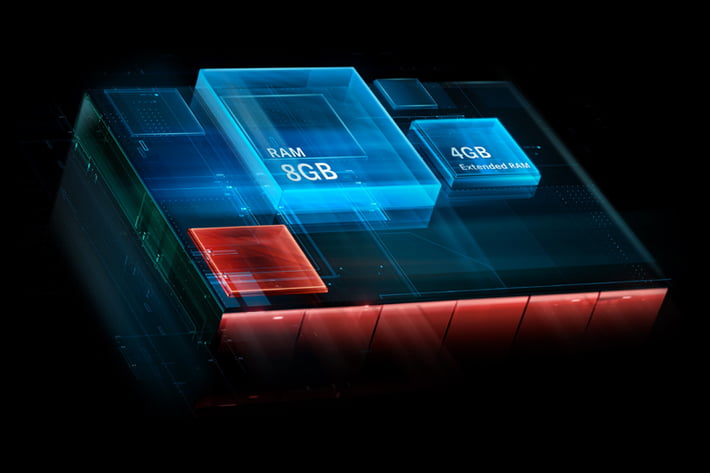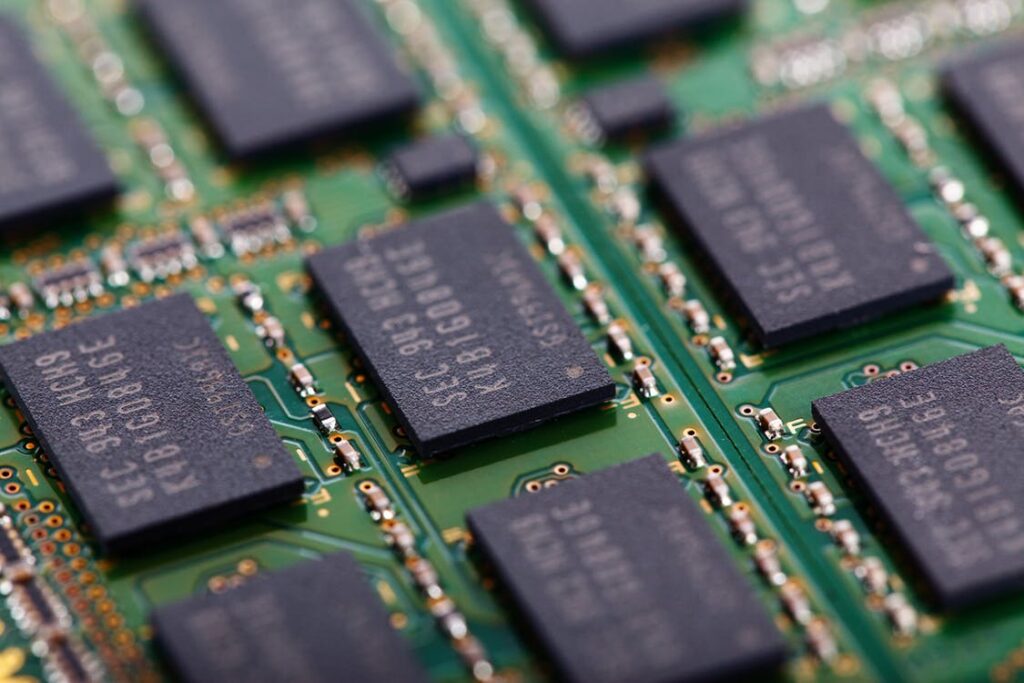Optimal Smartphone RAM: In the ever-evolving landscape of smartphones, one of the critical specifications that consumers often consider is the amount of Random Access Memory (RAM) a device possesses. RAM plays a pivotal role in determining a smartphone’s performance, multitasking capabilities, and overall user experience.
However, the question of how much RAM is necessary remains a subject of debate among consumers, manufacturers, and tech enthusiasts. In this exploration, we will delve into the factors influencing the need for RAM in smartphones and attempt to decipher the optimal balance between performance and efficiency.
In the ever-evolving landscape of smartphones, the quest for the optimal amount of RAM is a delicate balancing act. The answer to how much RAM is needed in smartphones depends on a myriad of factors, including user habits, application demands, and budget considerations. Manufacturers continually strive to find the sweet spot that ensures a responsive and seamless user experience without unnecessarily inflating the cost or power consumption of the device.
Understanding the Role of Smartphone RAM:

Smartphone RAM: RAM serves as the temporary storage for active processes and applications on a smartphone. Unlike the device’s internal storage (e.g., ROM or NAND flash), RAM is volatile memory, meaning it loses its data when the device is powered off. When you open an app, the data necessary for its functioning is temporarily stored in RAM, allowing for quick access and seamless multitasking.
Factors Influencing RAM Requirements:

- Operating System and Software Optimization: Efficient software and operating system optimization can mitigate the need for excessive RAM. For instance, devices running lighter and well-optimized operating systems may require less RAM to deliver smooth performance compared to those burdened with resource-heavy interfaces.
- Multitasking Requirements: The extent to which users engage in multitasking significantly influences RAM needs. Individuals who frequently switch between numerous apps, open multiple browser tabs, or run resource-intensive applications simultaneously may benefit from smartphones with higher RAM capacities.
- Application Demands: Certain applications, especially graphics-intensive games and multimedia editing tools, demand substantial RAM to deliver a lag-free and immersive user experience. As developers continue to push the boundaries of app capabilities, the RAM requirements for such applications tend to increase.
- Future-Proofing Considerations: Users who intend to keep their smartphones for an extended period may opt for devices with more RAM to ensure compatibility with upcoming software updates and resource-intensive applications. Future-proofing becomes a relevant consideration in the rapidly evolving tech landscape.
- Budget Constraints: While high-end flagship smartphones often boast larger RAM capacities, budget constraints may lead consumers to consider devices with more modest RAM specifications. The challenge for manufacturers lies in balancing performance and cost-effectiveness.
Table of Contents
Finding the Sweet Spot:
- Optimizing Software and Hardware Integration: Manufacturers can enhance overall performance by focusing on seamless integration between hardware and software. Well-optimized devices can deliver a responsive user experience even with moderate RAM capacities.
- Utilizing Advanced Memory Management Techniques: Implementing advanced memory management techniques, such as aggressive app caching, can help smartphones operate efficiently with lower RAM capacities. This involves smart allocation of resources to prioritize actively used applications.
- Dynamic RAM Allocation: Some smartphones are equipped with dynamic RAM allocation, allowing the system to allocate additional resources when needed. This adaptive approach ensures efficient utilization of available RAM without compromising on performance.
- Balancing Power Consumption: Higher RAM capacities may contribute to increased power consumption. Striking a balance between performance and energy efficiency is crucial, especially as smartphones aim to provide longer battery life without compromising on functionality.
Smartphone RAM Conclusion:

Smartphone RAM Conclusion: As technology advances, the importance of efficient software optimization, advanced memory management techniques, and dynamic resource allocation becomes increasingly evident. Ultimately, the pursuit of the perfect RAM capacity for smartphones is a dynamic journey that involves navigating the evolving needs of users, the capabilities of hardware, and the intricacies of software design.
Read also: iPhone Charging Cable Quality, Know The 5 Advantages And Disadvantages
